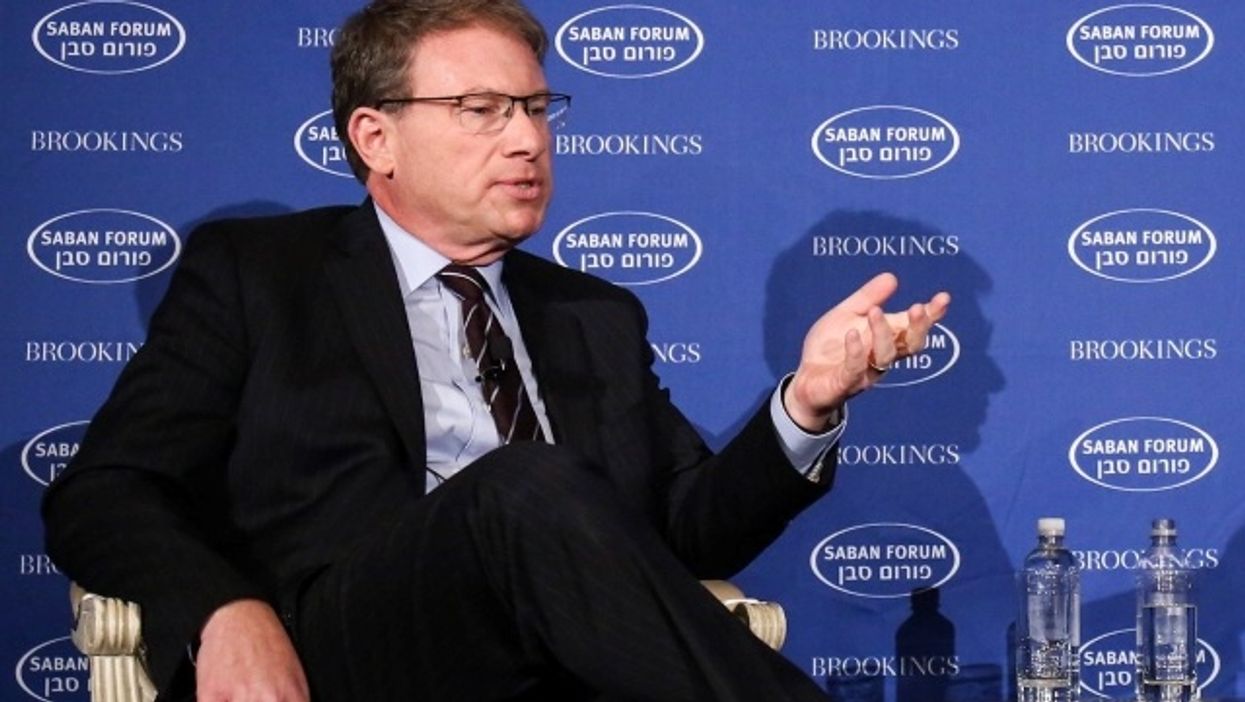Fox Hosts Say Story That Trump Slurred Troops Is ‘Fake’ — But Fox Reporter Confirms It
Reprinted with permission from MediaMatters
The new bombshell report from The Atlantic's Jeffrey Goldberg, reporting that President Donald Trump had repeatedly disparaged fallen U.S. troops as "losers" and "suckers," has now been confirmed by a rather unexpected media voice: Fox News national security correspondent Jennifer Griffin. This latest confirmation comes after Fox's previous coverage of the story continually backed Trump's denials.
Two former sr Trump admin officials confirm .@JeffreyGoldberg reporting that President Trump disparaged veterans an… https://t.co/Rg4LP7Yvit— Jennifer Griffin (@Jennifer Griffin) 1599250080.0
Griffin's reporting corroborated multiple details of The Atlantic's article: That Trump simply didn't want to drive to the World War I cemetery, though it was possible to do so; that he did not want wounded veterans included in his July 4, 2019, military parade, calling it "not a good look"; and that Trump maintained an obsessive hatred of the late Sen. John McCain (R-AZ) — Trump had famously insulted McCain's history as a prisoner of war in 2015 — and opposed lowering the American flag to half-staff when McCain died in 2018.
One of Griffin's sources even added another detail: "When the president spoke about the Vietnam War, he said, 'It was a stupid war. Anyone who went was a sucker.'"
This of course, completely contradicts Fox News coverage earlier on Friday, in which the network's commentators insisted that The Atlantic article had to be completely false.
Indeed, in the early evening right after Griffin's report, co-host Greg Gutfeld continued to dispute the story on The Five, alleging that it was a media plot that seemed to be "created in a lab" to politically target military families ahead of the election.
As Fox's own reporters confirm parts of the Atlantic story, Greg Gutfeld refers to it on air as a "hoax" and a "sca… https://t.co/GOXVLViuQG— nikki mccann ramírez (@nikki mccann ramírez) 1599253603.0
As Media Matters' Bobby Lewis documented today:
The morning after the article came out, Fox & Friends defended its most important viewer, claiming that Trump actually has "reverence for the military," taking his denials as credible, and complaining that it's "always anonymous sources." (Ironically, just three days ago, Fox & Friendshyped a surreal New York Post article alleging widespread mail ballot fraud, based on just one anonymous source.) Guest co-host Pete Hegseth also suggested that "his critics" may have fabricated the entire story in order to "muddy the waters" before the election.
And as Justin Baragona of The Daily Beast also pointed out, while Fox's pushback against The Atlantic article hinged on its anonymous sourcing, "without a hint of irony, Fox News correspondent John Roberts on Friday morning cited on-air two anonymous sources refuting the bombshell report, claiming 'the president never said that according to both of these sources.'"
The Associated Press has obtained its own confirmation of The Atlantic's story, from a senior Defense Department official and a senior U.S. Marine Corps officer, and The Washington Post has also reported further damaging details: "In one account, the president told senior advisers that he didn't understand why the U.S. government placed such value on finding soldiers missing in action because they had performed poorly and gotten caught and deserved what they got, according to a person familiar with the discussion."
Update (9/4/20, 6:30 p.m.): Fox News flagship news program Special Report covered this story with the chyron "Fake News."
pretty weird chyron for a story your own outlet has confirmed key details of https://t.co/xolRIZsQTH— Oliver Darcy (@Oliver Darcy) 1599257791.0
Update (9/4/20, 6:50 p.m.): The New Yorker's Isaac Chotiner makes a critical point that gets to the heart of the role of Fox News:
It’s not remarkable, and the masochism of actual reporters excitedly tweeting out a Fox confirmation today was sad. https://t.co/4rWdZfIFI1— Isaac Chotiner (@Isaac Chotiner) 1599258917.0
Update (9/4/20, 7:20 p.m.): During Special Report, Fox News contributor Mollie Hemingway claimed that the story is an "information operation" against Trump:
From the September 4, 2020, edition of Fox News' Special Report
After Fox contributor Stephen Hayes pointed out that Griffin had confirmed aspects of the story, Fox chief political anchor noted that former Trump national security adviser and former Fox contributor John Bolton hadn't personally heard Trump say some of these things.
From the September 4, 2020, edition of Fox News' Special Report
Update (9/4/20, 8:45 p.m): Later in the evening on Fox, The Story guest anchor Jon Scott repeatedly cast doubt on the story while talking with former South Bend mayor Pete Buttigieg.




